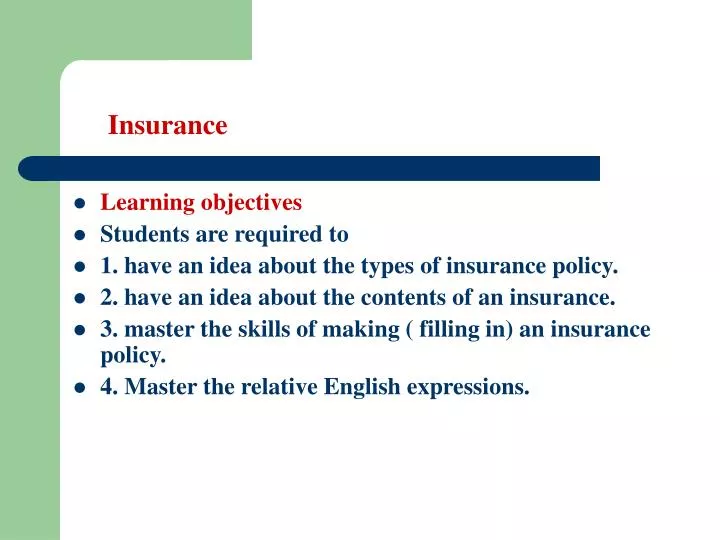Getting The Pacific Prime To Work
Getting The Pacific Prime To Work
Blog Article
Some Of Pacific Prime
Table of ContentsThe Only Guide to Pacific PrimeOur Pacific Prime StatementsNot known Facts About Pacific PrimeGetting The Pacific Prime To WorkWhat Does Pacific Prime Do?

This is since the information were gathered for a period of solid economic efficiency. Of the approximated 42 million individuals that were without insurance, just about about 420,000 (about 1 percent) were under 65 years of age, the age at which most Americans become qualified for Medicare; 32 million were grownups in between ages 18 and 65, about 19 percent of all adults in this age; and 10 million were kids under 18 years old, concerning 13.9 percent of all children (Mills, 2000).
These quotes of the variety of persons uninsured are created from the yearly March Supplement to the Current Populace Study (CPS), conducted by the Census Bureau. Unless or else kept in mind, national quotes of individuals without wellness insurance coverage and percentages of the populace with various kinds of insurance coverage are based on the CPS, one of the most widely utilized resource of estimates of insurance protection and uninsurance rates.
Not known Facts About Pacific Prime

Still, the CPS is particularly valuable since it generates annual price quotes relatively swiftly, reporting the previous year's insurance protection approximates each September, and because it is the basis for a constant collection of price quotes for more than twenty years, enabling evaluation of fads in coverage over time. For these factors, along with the comprehensive use of the CPS in various other researches of insurance coverage that are presented in this record, we depend on CPS quotes, with limitations kept in mind.

The estimate of the variety of uninsured individuals broadens when a population's insurance policy condition is tracked for a number of years. Over a three-year duration starting early in 1993, 72 million individuals, 29 percent of the united state populace, were without coverage for at the very least one month. Within a single year (1994 ), 53 million individuals experienced at the very least a month without protection (Bennefield, 1998a)
Six out of every 10 without insurance adults are themselves utilized. Although working does enhance the chance that a person and one's member of the family will have insurance coverage, it is not an assurance. Even participants of households with two full-time wage earners have virtually a one-in-ten opportunity of being uninsured (9.1 percent uninsured rate) (Hoffman and Pohl, 2000).
The 10-Minute Rule for Pacific Prime
New immigrants make up a considerable proportion of people without medical insurance. One analysis has connected a substantial section of the current growth in the dimension of the united state without insurance populace to immigrants who arrived in the nation in between 1994 and 1998 (Camarota and Edwards, 2000). Recent immigrants (those that involved the United States within the previous four years) do have a high price of being without insurance (46 percent), yet they and their youngsters make up just 6 percent of those without insurance coverage nationally (Holahan et al., 2001).
The connection in between medical insurance and accessibility to care is well established, as recorded later in this phase. Although the connection in between health insurance coverage and wellness outcomes is neither straight nor easy, a substantial clinical and health and wellness services research study literature links wellness insurance protection to better access to care, better top quality, and boosted personal and populace health condition.
Levels of analysis for analyzing the effects of uninsurance. It focuses specifically on those without any health and wellness insurance policy for any kind of size of time.
Pacific Prime Fundamentals Explained
The issues faced by the underinsured are in some respects comparable to those dealt with by the uninsured, although they are generally much less serious. Health insurance, however, is neither essential nor sufficient to gain accessibility to clinical solutions. The independent and direct impact of health and wellness insurance coverage on access to health and wellness solutions is well established.
Others will certainly get the wellness care they require also without health insurance, by spending for it expense or seeking it from published here suppliers who use treatment free or at very subsidized rates. For still others, wellness insurance policy alone does not guarantee invoice of care as a result of other nonfinancial obstacles, such as a lack of health treatment companies in their community, minimal accessibility to transportation, illiteracy, or linguistic and social distinctions.
The Definitive Guide to Pacific Prime
Formal research regarding without insurance populaces in the United States dates to the late 1920s and early 1930s when the Committee on the Expense of Treatment generated a series of reports regarding funding medical professional office sees and hospital stays. This issue ended up being prominent as the varieties of clinically indigent climbed up throughout the Great Depression.
Report this page